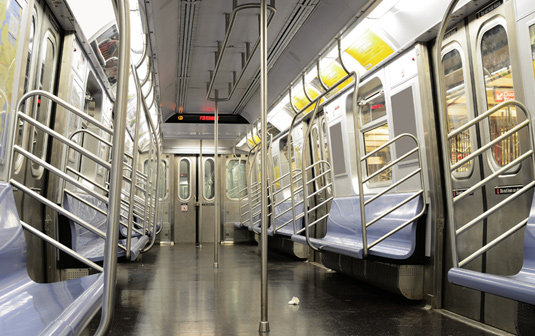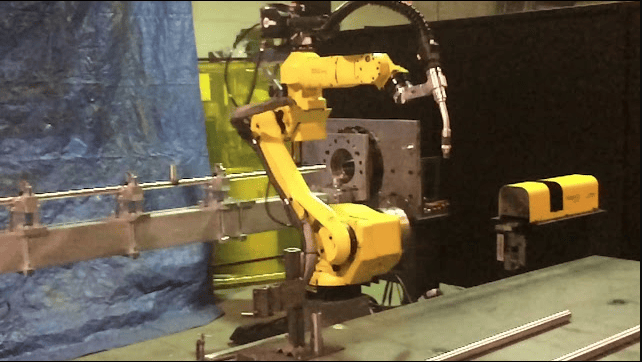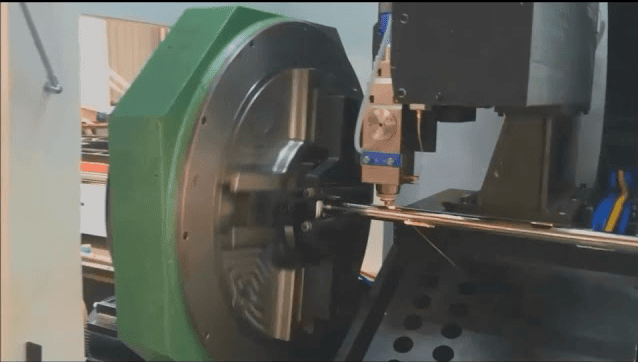In the project highlighted here, we developed an innovative set of processes to efficiently manufacture handrails that would be used in a major mass transit system. Typically railcars required 1.00″, 1.250″ and 1.500″ diameter heavy wall stainless steel tubing, manufacturing these hand rails includes bending, notching, welding, bracket & fitting assembly, grinding, and polishing. One of the major issues was achieving the surface finish that the drawing called out, but first we had to develop multiple automated welding processes that would provide the quality and consistency that this project required.
The handrail design called for the welding of brackets and notched joints, these would require the consistency and quality that only an automated solution could provide. To accommodate the bracket welding, we developed a rotary TIG welding system that delivered all the speed and consistency we needed to make production economical. To weld all of the notched joints, we built a fully automated, 5-axis robotic welder, with the ability to travel up to 18 feet. This further enhanced quality and repeatability.
These two systems create smooth consistent welds, but the surfaces had to be flawless. We had limited polishing expertise and we had to develop a procedure and process to match the unique finish per the engineering requirements. This initially required us to develop the formulation for the 240 grit belts required for the finish, then working with an equipment manufacturer a system was developed that would accommodate the many tight radii around all the brackets and notches. We even designed and fabricated check fixtures so the customers could perform final quality check on all the hand rails prior to installation. The results were repeat orders from this customer that continue today.
For more information please contact G & J Steel & Tubing directly.






